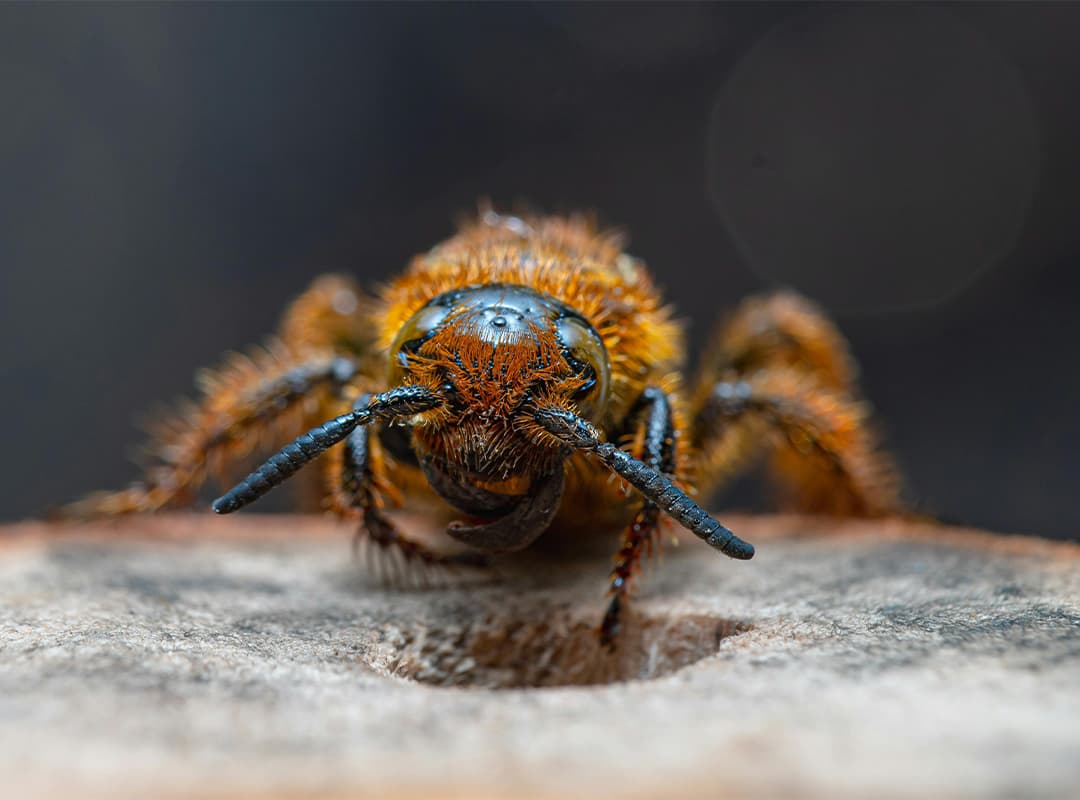Parasitoid wasps seem to be more diverse than expected. Beetles have long been the “official” insect order with the largest number of species. However, the Hymenoptera (wasps, bees, sawflies and ants) are actually more species rich, with a huge number of mysterious and still unknown species.
Ants often help to protect aphids from predators and parasitoids, and in return collect honeydew from them. Ladybugs are voracious predators of aphids and can also be used for biological control. They are also the curse of the hymenoptera because they eat aphids, parasite larvae and everything else.
A parasitized aphid is called a mummy, and it is basically a parasitoid larva or pupa of a wasp that develops in the dead skin of an aphid. At the next stage, the adult wasp emerges and goes about its business: eating, mating, and if it is a female wasp, looking for new hosts to lay eggs and start the cycle again.
Cryptic species
Cryptic species look very similar or identical to other species, but when their DNA is sequenced, there are clear differences in certain genes that indicate the presence of three or five species instead of one. Correct species identification is essential for proper conservation efforts.
In addition, correct species identification is important for applications such as biological control. Closely related and morphologically indistinguishable species of biocontrol agents may have different host requirements and, as a result, will not be effective in controlling the same pests.
It seems that the importance of biodiversity is finally being understood by a wider audience than scientists, and this is great news. Since much of our planet’s biodiversity is still hidden, we need to describe as many species as possible as soon as possible to be able to protect them in time.
